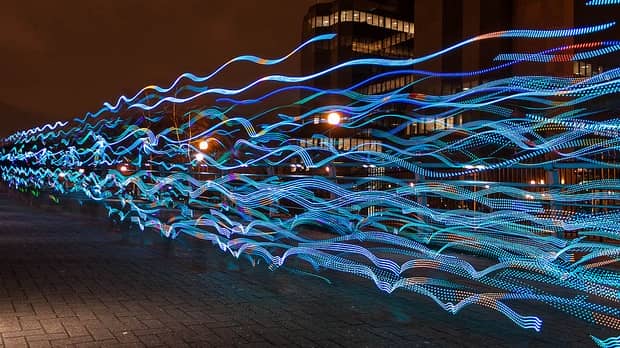The answer is they don’t.
Scientists take the velocity of light to be a ‘known’ entity, autonomous to measurement, with a value placed at 299,792,458 meters per second.
The speed of light defined to be the distance light covers in one second, among other naturally occurring phenomena, is one constant that is highly accurate and used as the irrefutable reference based on which other base units are defined. Since Velocity of light hardly ever varies in the vacuum, unless influenced by a gravitational force.
The unit of distance, ‘meter’ is established as “the length of the path traveled by light in vacuum during a time interval of 1/299,792,458 of a second”, where the reference point is the speed of light, by which scientists measure the distance.
The only way the speed of light could be measured today is by defining distance independently, which we cannot. Earlier attempts to measure meter through the distance between the equator and the pole, in 1799, or as compared to the length of a platinum rod placed in a vault in Paris, in 1889, the chances of measurement errors remain. Hence the dependence on the light.
However, if we were to consider the distance between the observer and the mirror as a constant and independent of the velocity of light, then the time light takes to travel from the source of light, get reflected from the mirror back to the source would be the velocity of light. A similar experiment was performed by Armand Fizeau, in 1849, by placing the mirror 8kms apart from source.
An interesting point to note here is that the accuracy of the speed of light we pride in, today, is credited to LASERs. This highly focused beam of light amplified through stimulated emission of radiation allows the least dispersion. Hence the velocity of light reaches its maximum potential.
In conclusion, the constant i.e. Speed of light is used as a reference to define other units, and not measured itself, or else the definitions of meter and the speed of light become “cyclic.”
Credits: Mental floss

